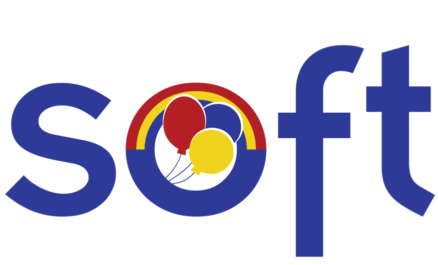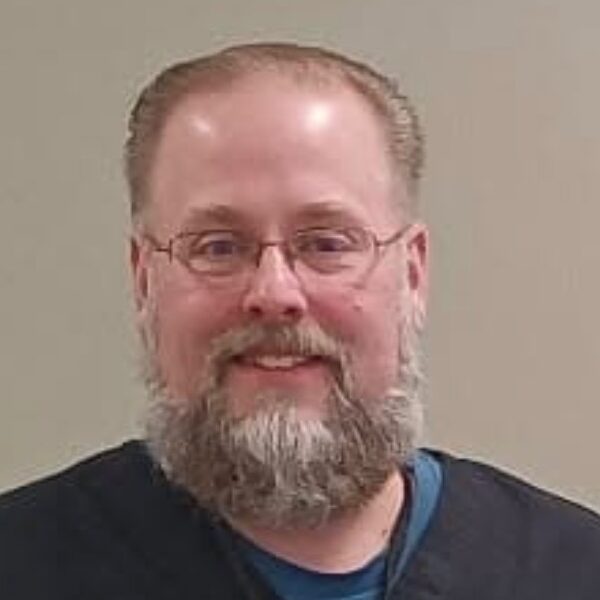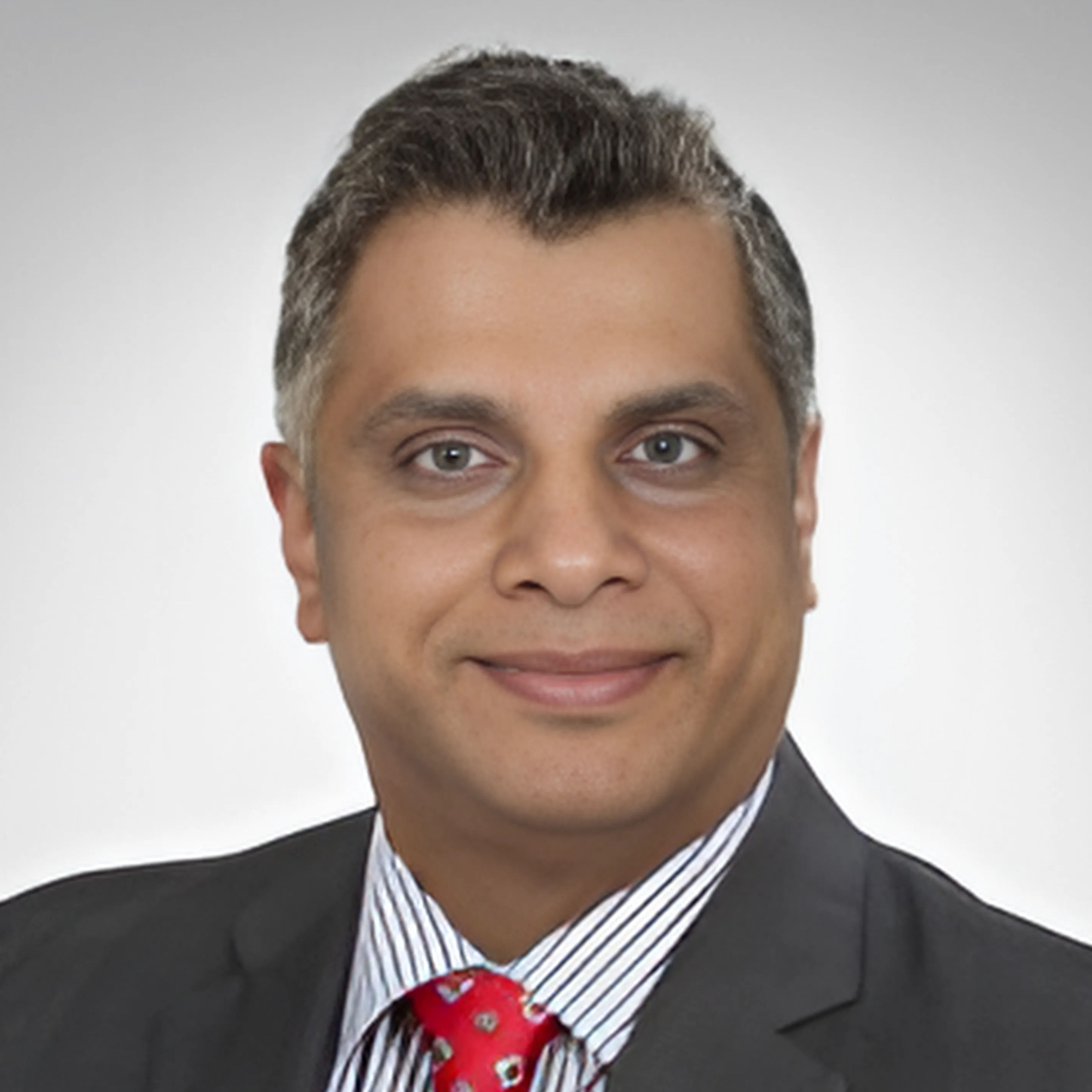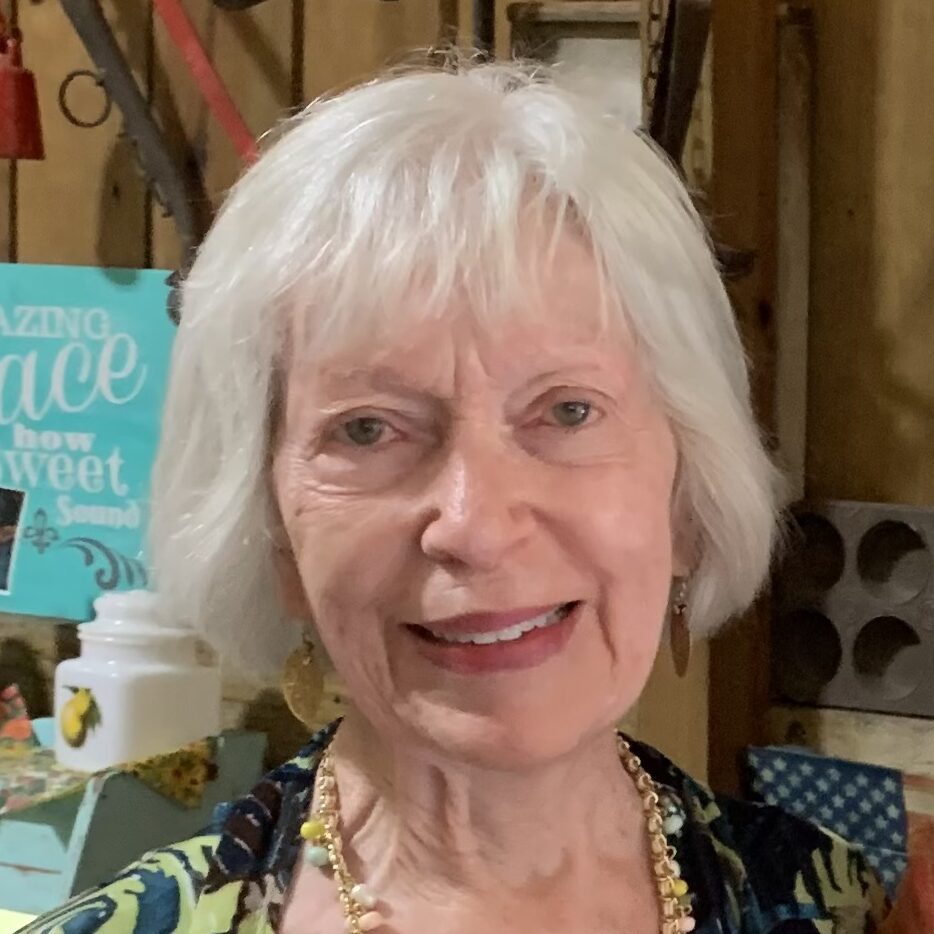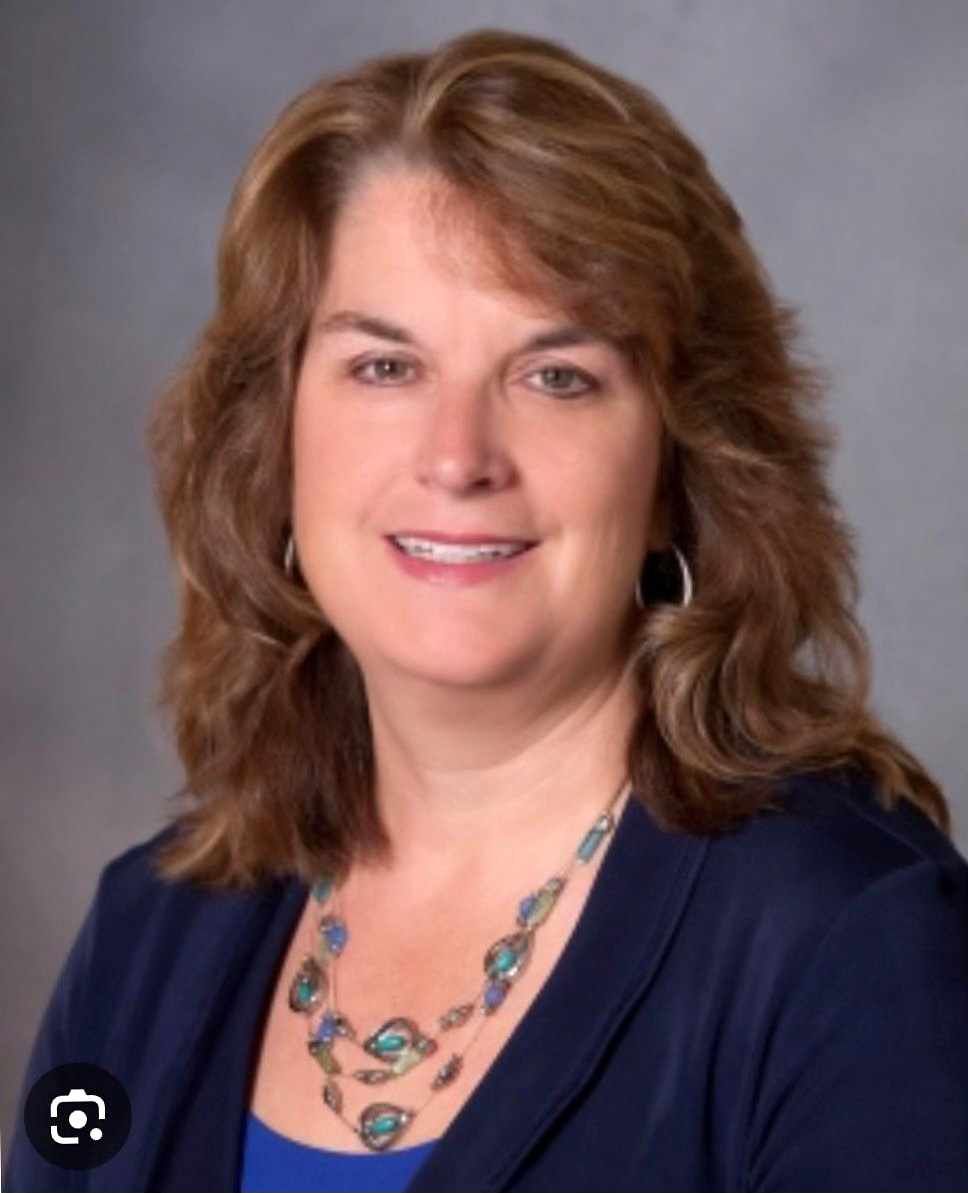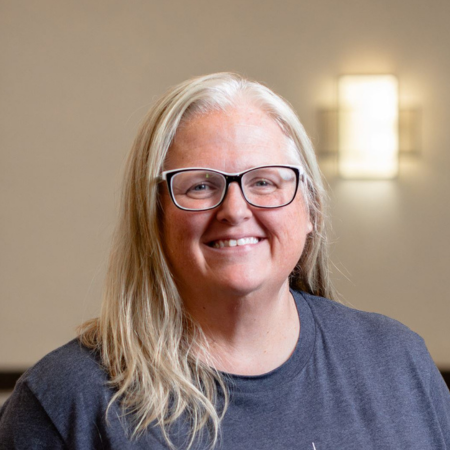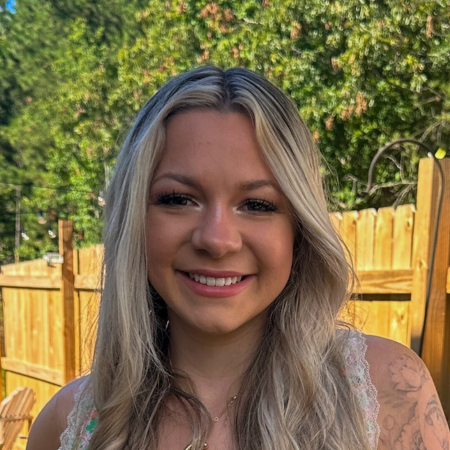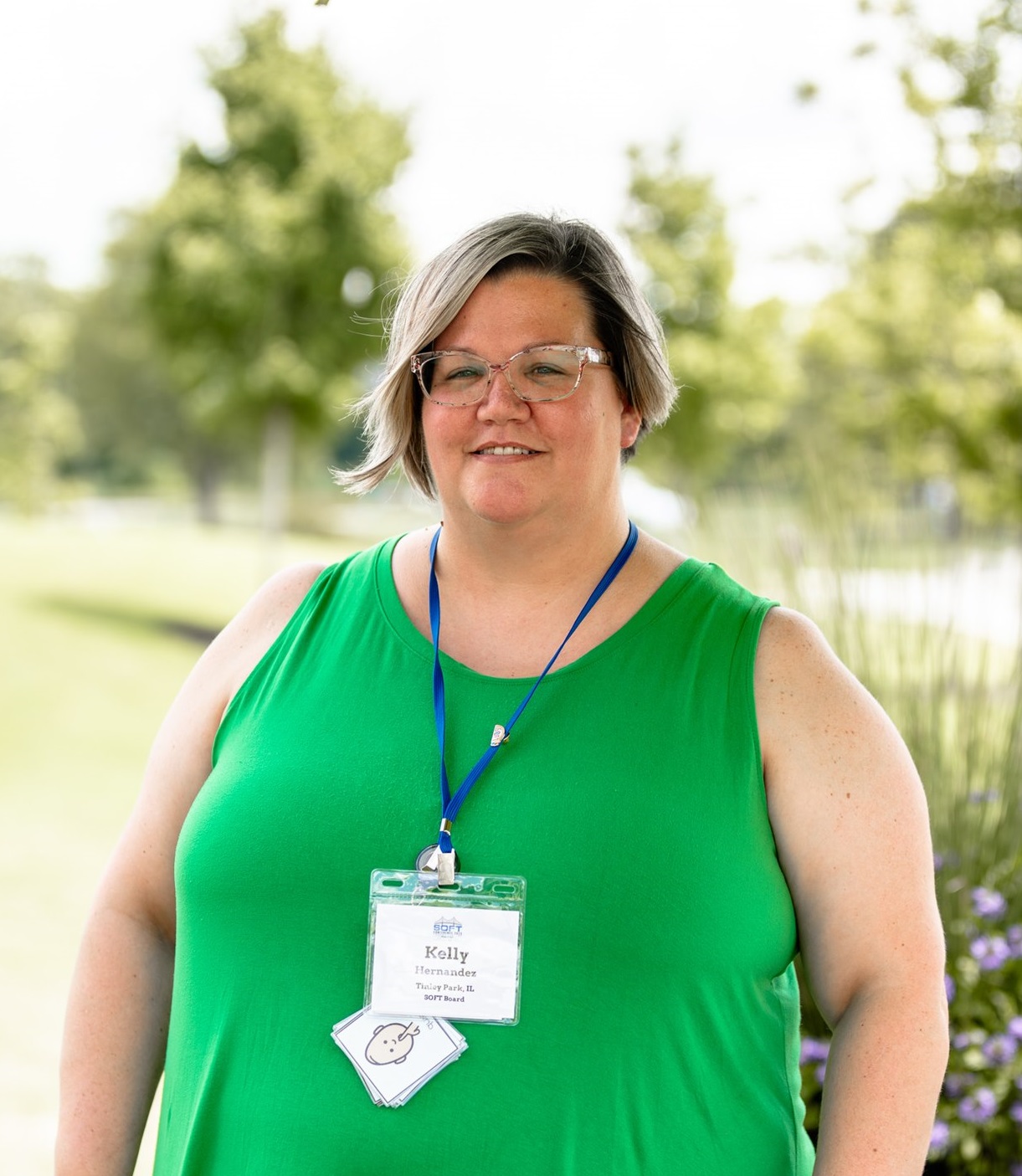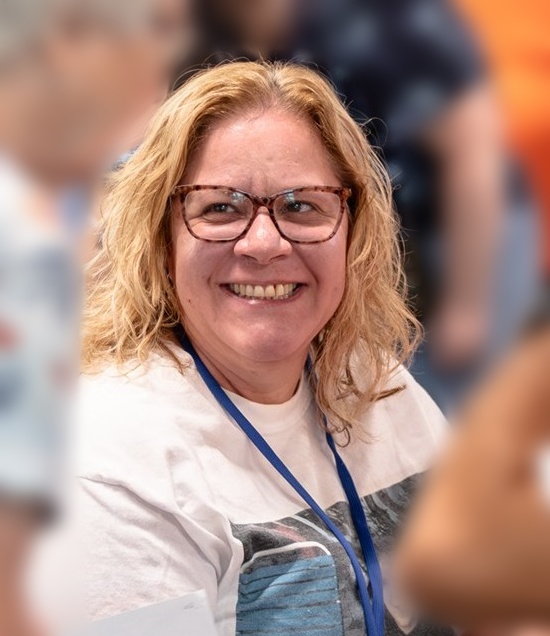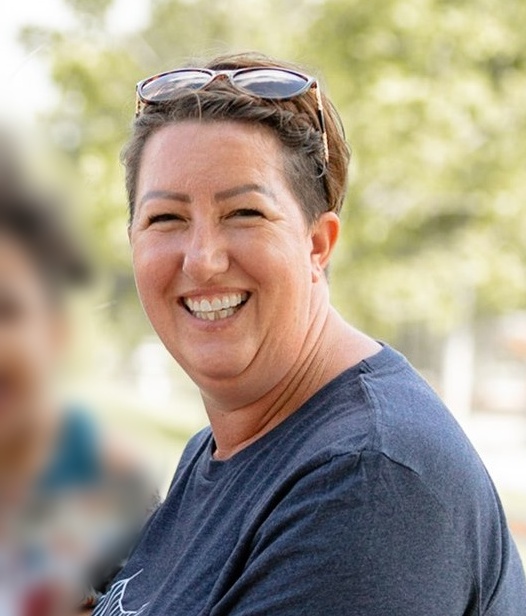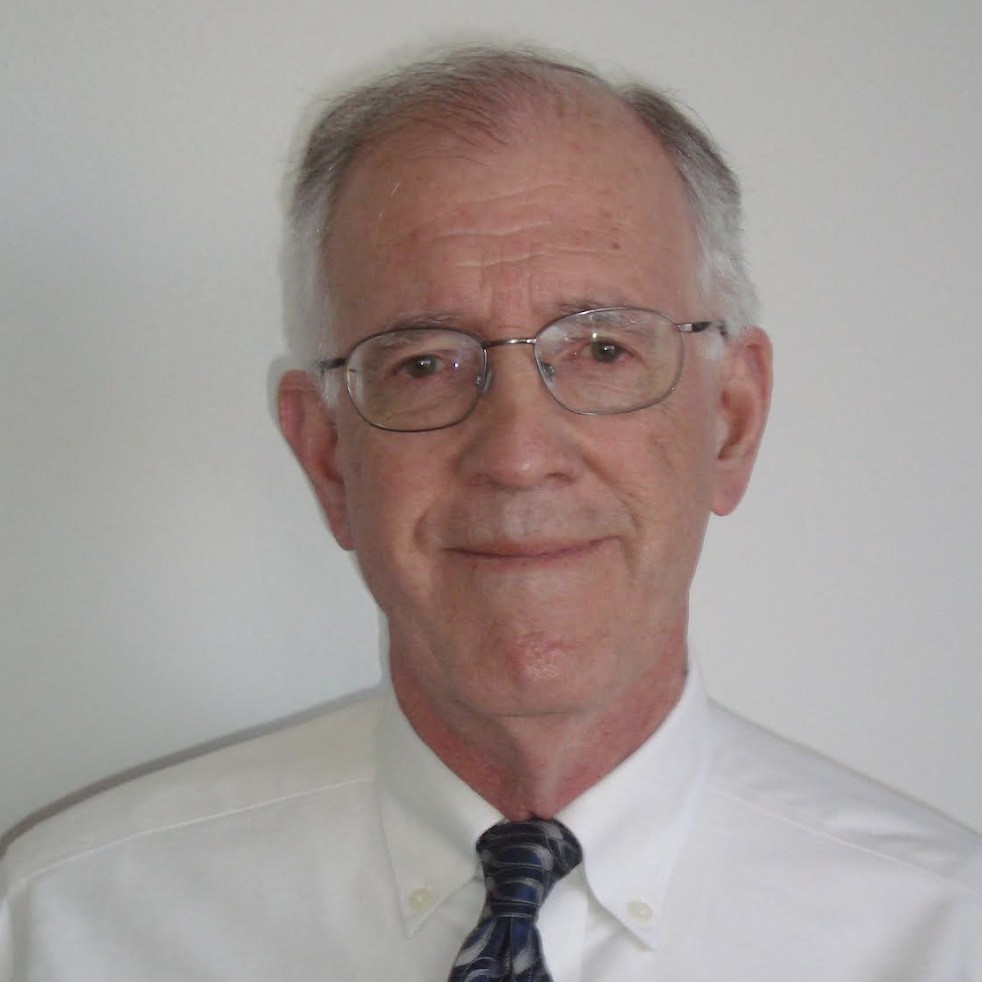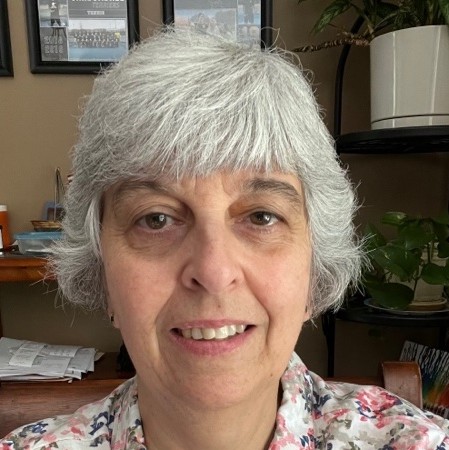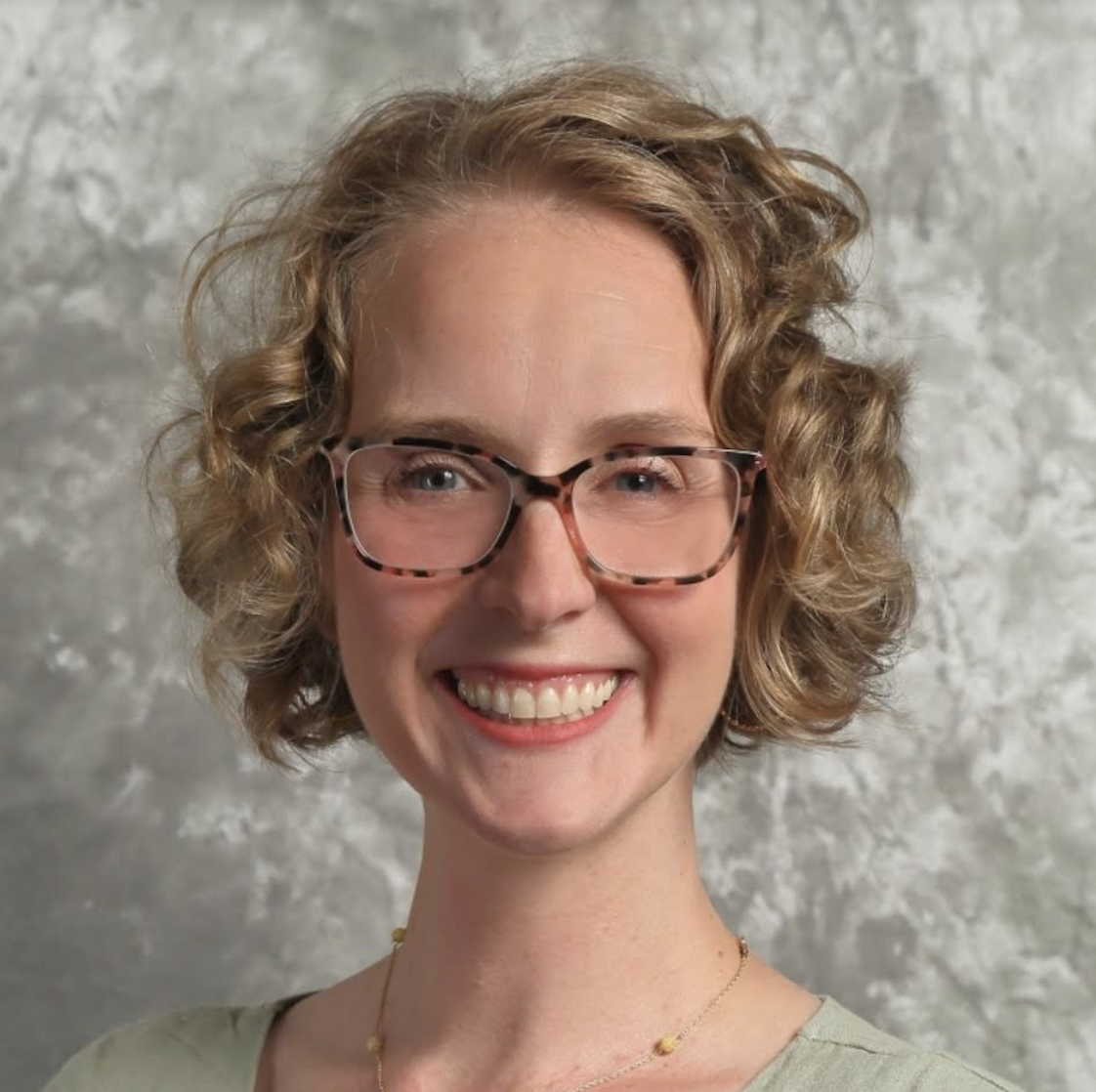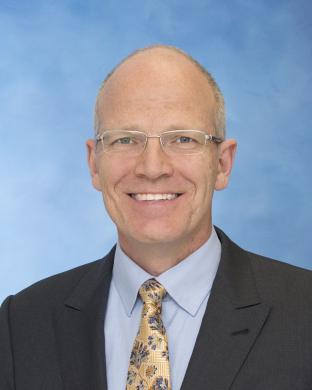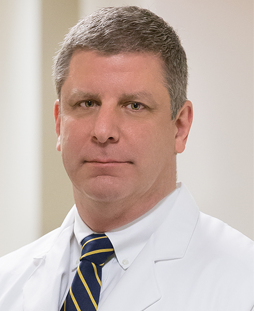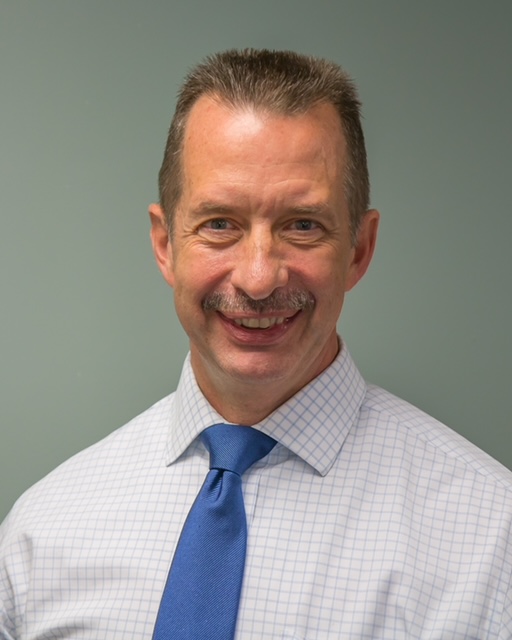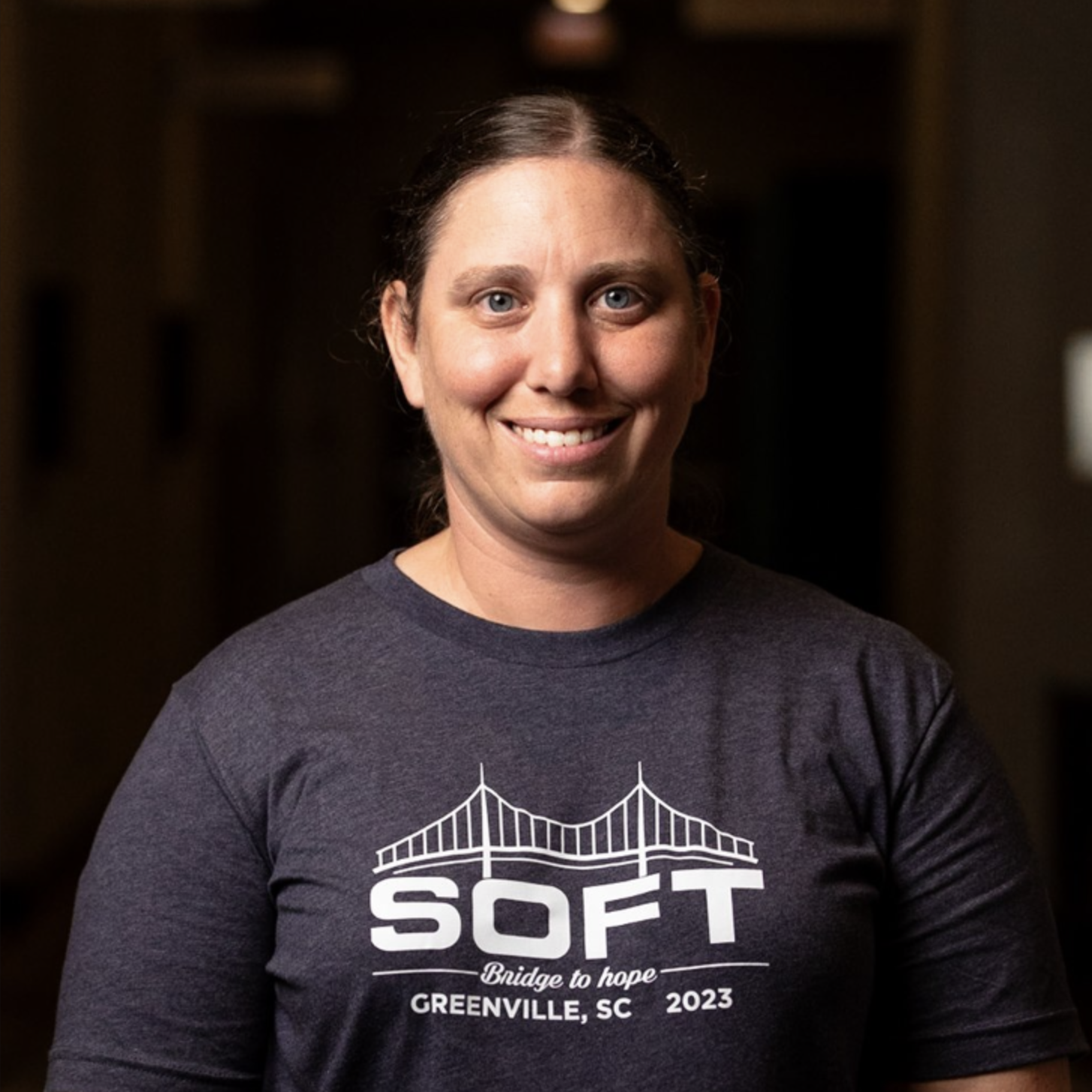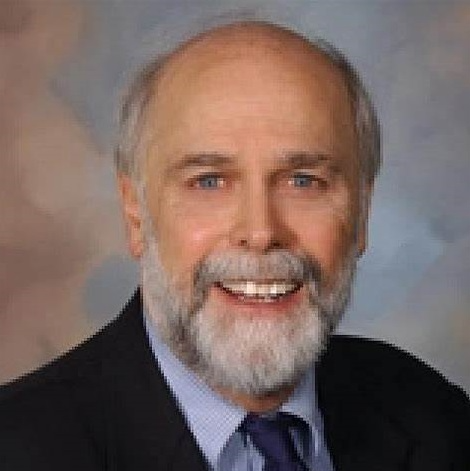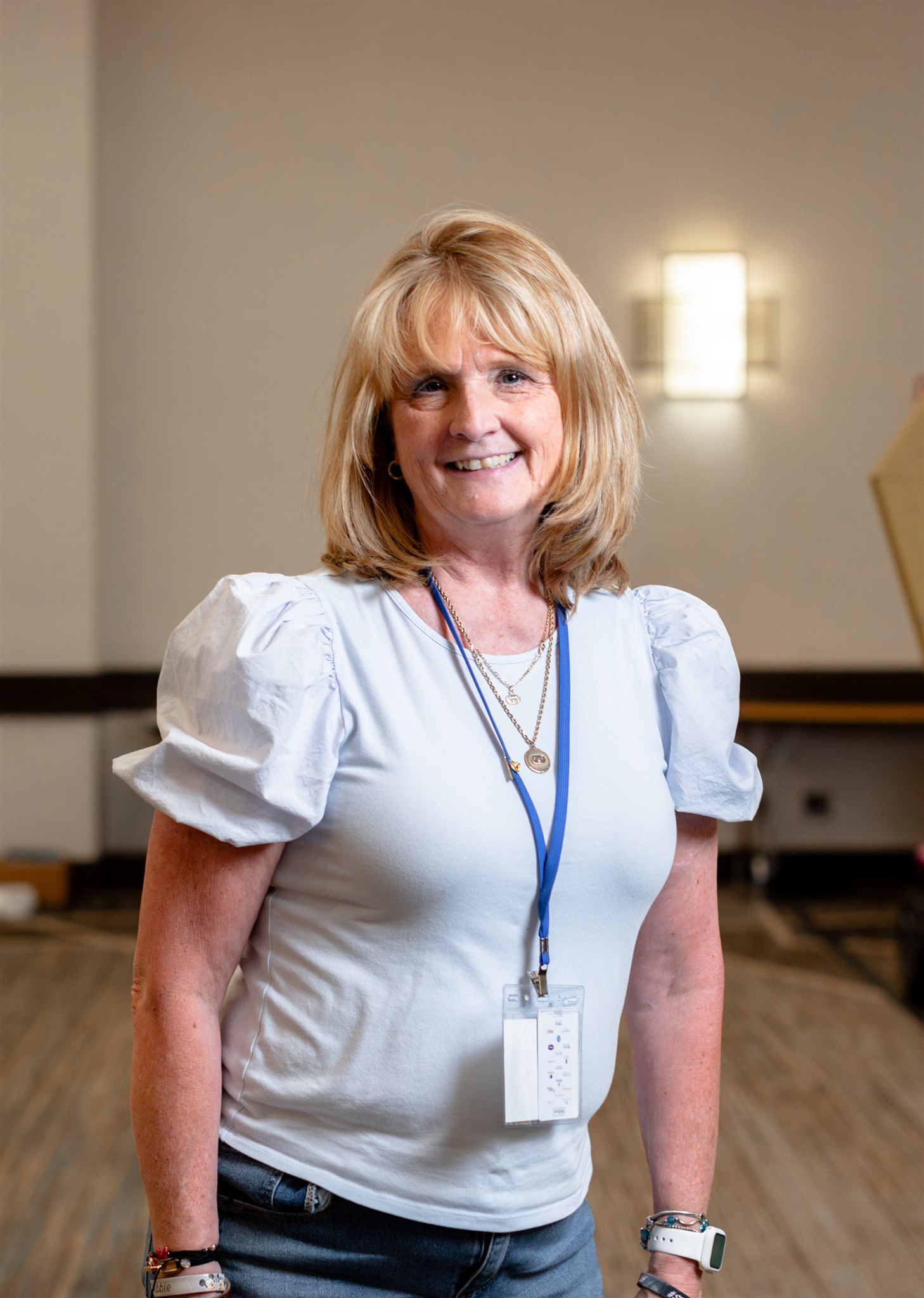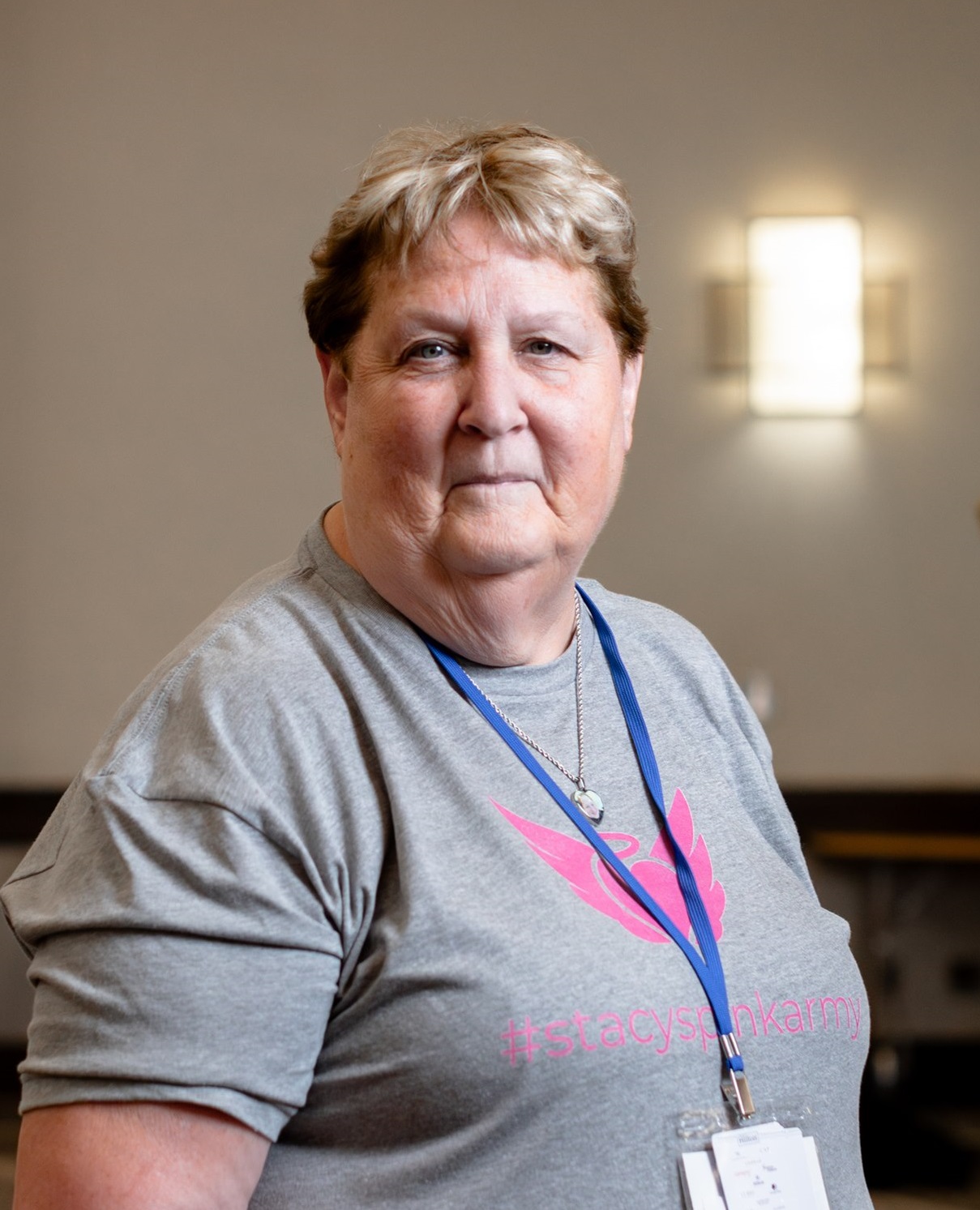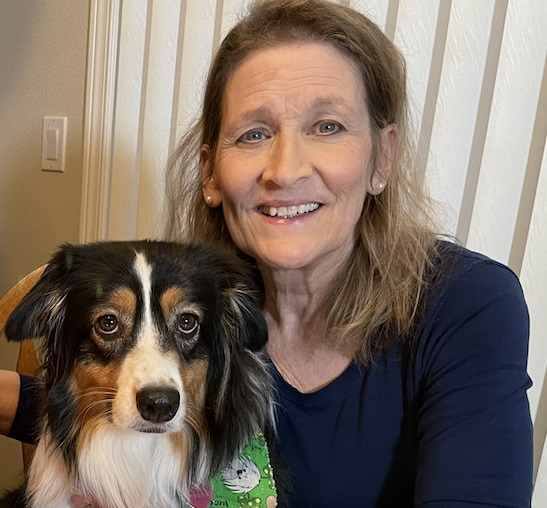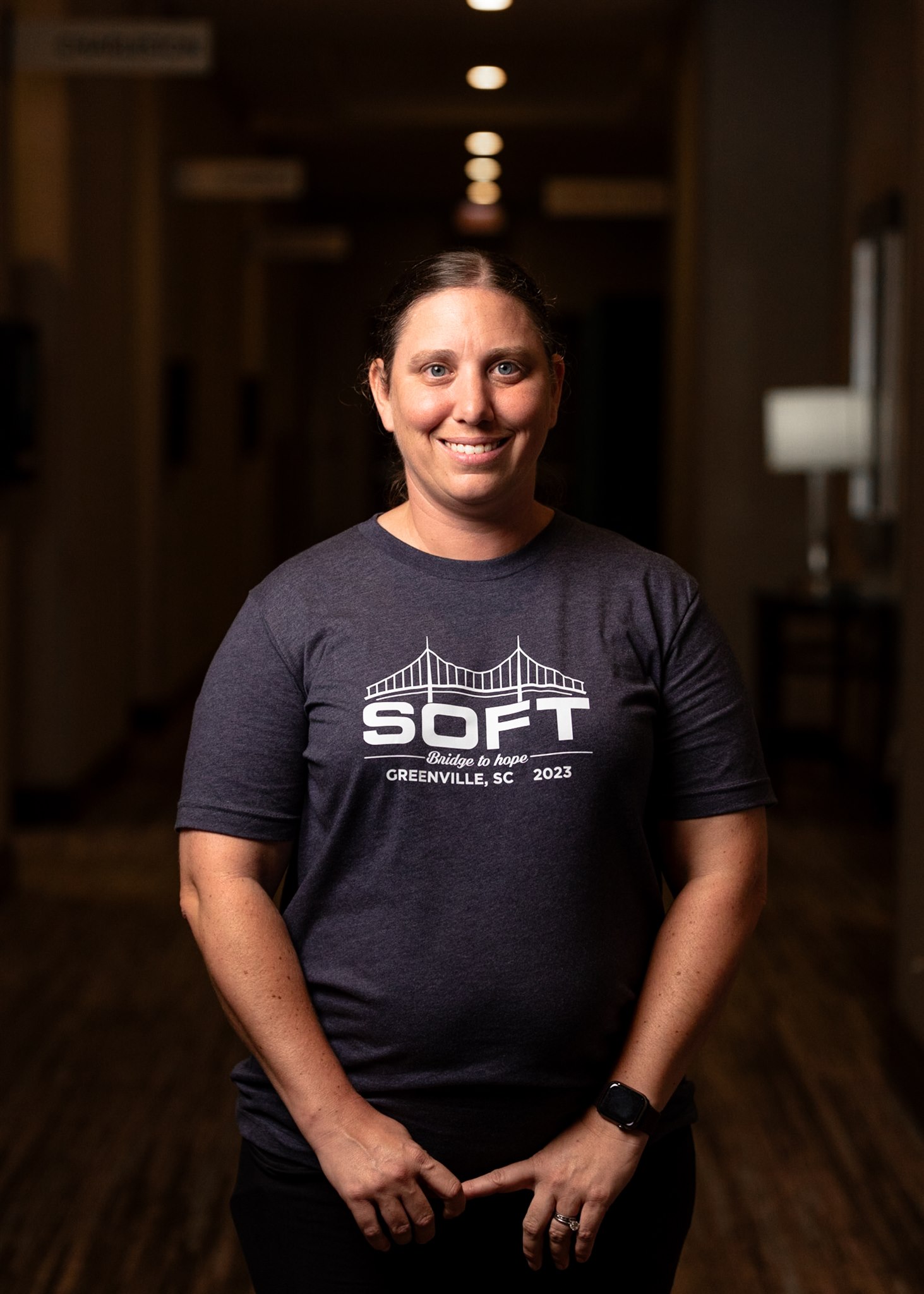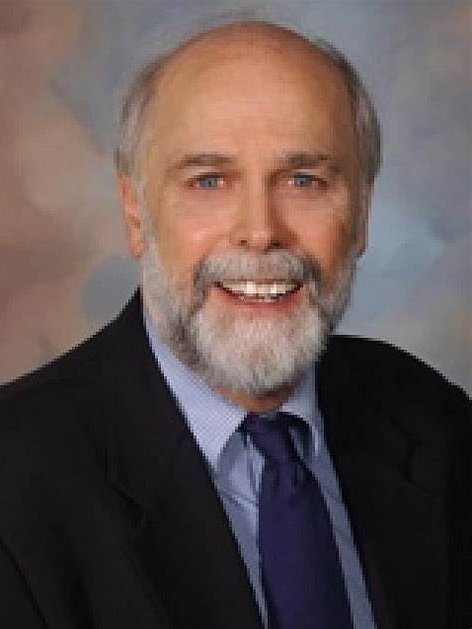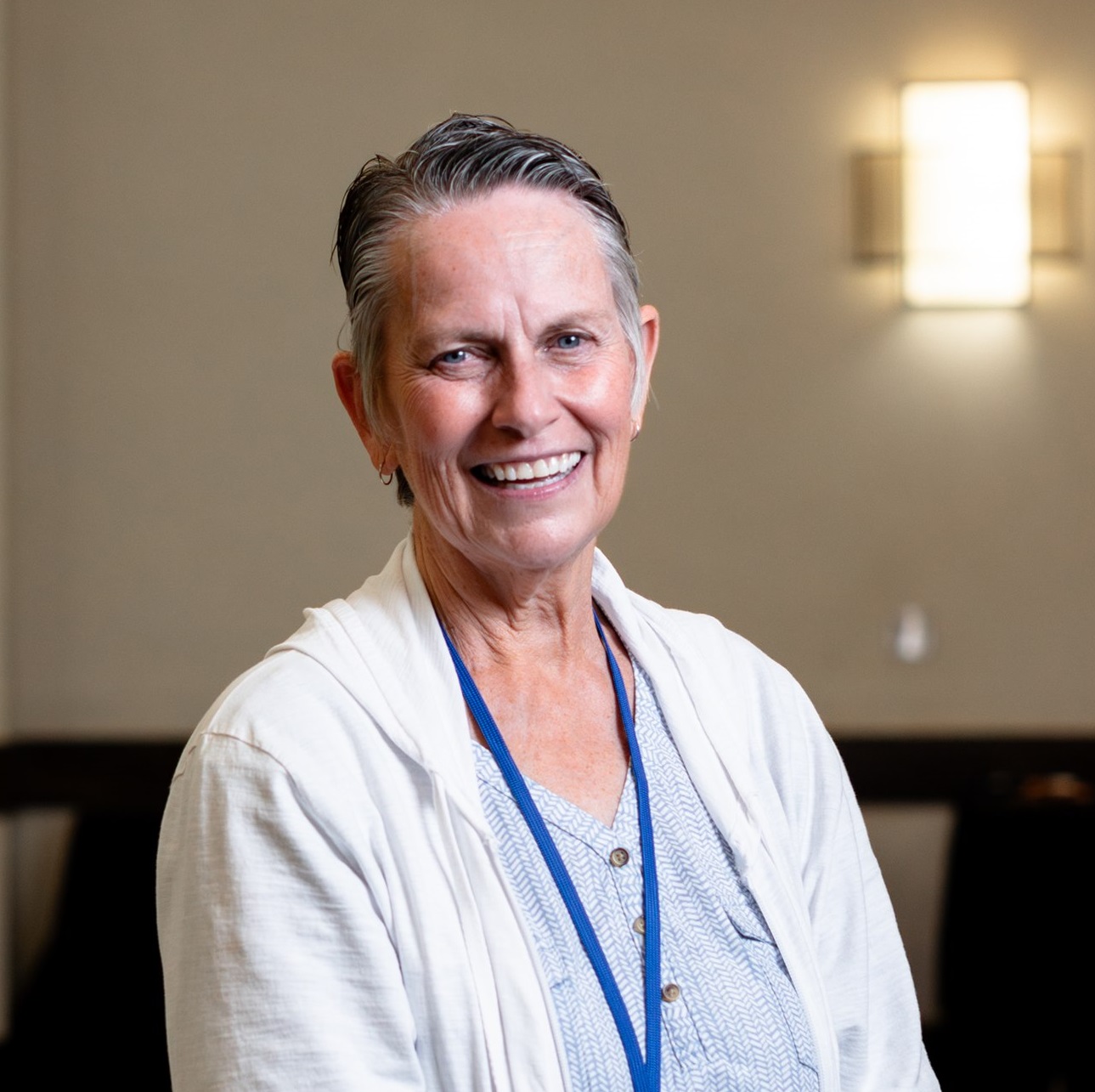ABOUT TRISOMY
More About Trisomy
Trisomy
Trisomy refers to cells having three copies of a chromosome. When three copies of any one of the chromosomes are present, rather than the normal two, the outcome is 47 chromosomes in the cell, instead of the usual 46. In the case of trisomy 18 and 13, this extra chromosome results in congenital malformations, serious developmental and motor delays, and a high incidence of mortality.
Trisomy 18 (Edwards syndrome) is the second most common autosomal trisomy syndrome and trisomy 13 (Patau syndrome) is the third most common autosomal trisomy syndrome with trisomy 21, Down syndrome, being the most common.
Autosomal
Syndrome
The diagnosis of trisomy 18, Edwards syndrome, or trisomy 13, Patau syndrome, is much more serious than the more commonly known trisomy 21, Down syndrome. Developmental and physical delays are present in all three syndromes, but in trisomy 18 and trisomy 13 these delays are usually greater and the prognosis includes a much shorter life span, as most will not survive their first year of life. However, these disorders are not universally lethal, as sometimes described; 5-8% of these infants live past their first birthday often without extraordinary measures. And, once a child’s age is greater than a year there is a 60% chance to live beyond age 5 years. (Dr. John C. Carey, medical advisor for SOFT, 2011)
Full, Mosaic, & Partial
Full trisomy refers to three copies of a chromosome being present in all cells and is the most common form of trisomy 18 or 13. Mosaic trisomy and Partial trisomy occur far less often, with variable and generally better outcomes but some individuals are as affected as those with a full trisomy. Mosaic trisomy refers to two cell lines in a person; a portion with trisomy (3 copies of a chromosome), the other with 2 copies. Partial trisomy occurs when only a piece of a chromosome is extra in a person’s body cells.
